Limoncello is best used for desserts, sweets, and baked goods! But if your limoncello has run out just when you need it most or you want another alternative, I will help you choose the best substitute to keep the drink, dessert, or meal!
Top 8 Limoncello Substitutes & Homemade Recipe
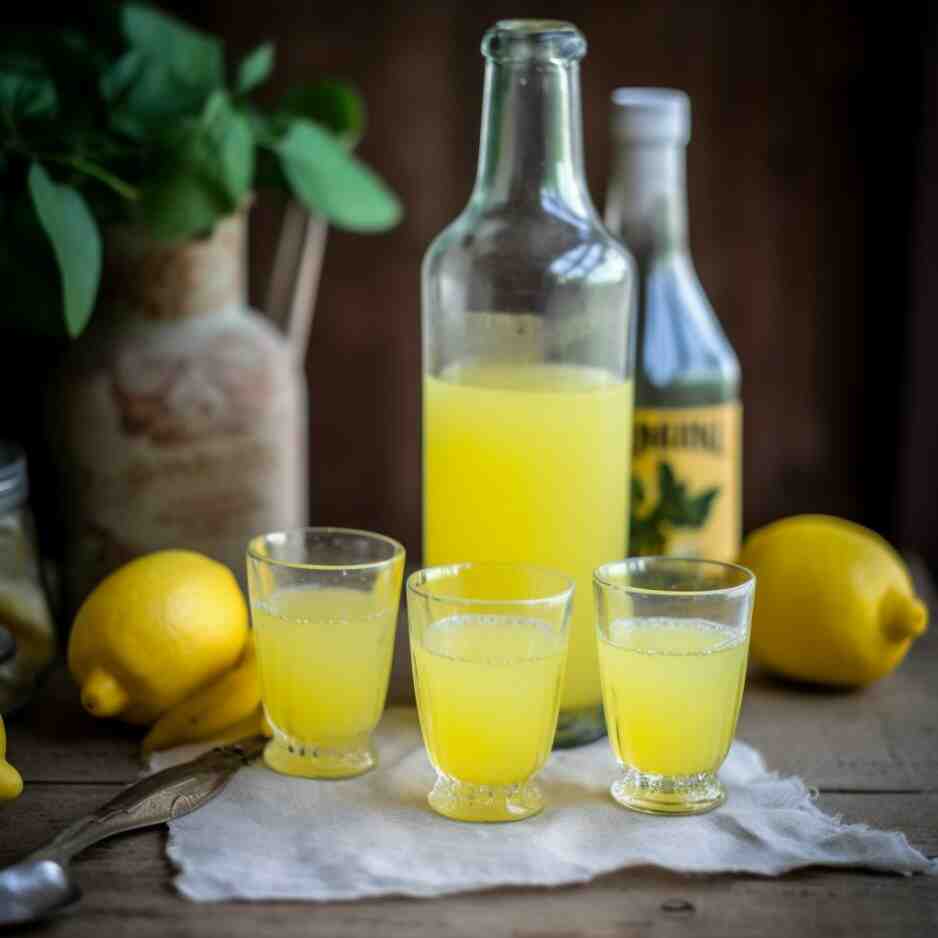
Quick Summary
Now you can either jump to our homemade limoncello recipe or otherwise find a good limoncello substitute from our Quick Summary below:
- LEMON JUICE
- LEMON ESSENCE
- LEMON ZEST
- LIME JUICE / ZEST
- ORANGE JUICE / ZEST
- LEMON OIL
- DRIED LEMON PEEL
- LEMON EXTRACT
What Is Limoncello?
Limoncello, or Limoncino, is a typical liqueur of the Campania region in Italy.
It’s a sweet liqueur with a characteristic yellow color with 20% to 32% alcohol obtained from citrus peels which are left in pure alcohol and mixed with sugar and water-made syrup. In particular, the citrus peels most often come from lemons found on the nearby Amalfi Coast like the Sfusato Amalfitano and Ovale di Sorrento.
Homemade limoncello is simple to make once you have the right ingredients. In particular, always make sure to choose organic and untreated lemons preferably coming from Amalfi cost so that they are rich in essential oils that give the liqueur a unique scent and taste.
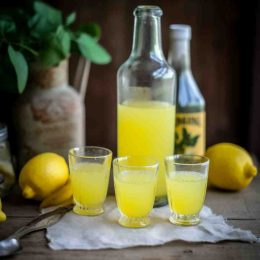
Homemade Limoncello Recipe
Description
Ingredients
- Large untreated organic lemons 5
- Pure alcohol at 95° 500 ml
- Sugar 600g
- Water 750ml
Instructions
- To make limoncello, wash the lemons under running water, rub the peel with a new sponge to remove any impurities, then dry the lemons with a cloth. Peel the lemons with a potato peeler, you will have to take only the yellow rind and not the white part which would be bitter.
- Take a glass container with an airtight seal, pour the alcohol inside and lemon peel , close the jar and let the peels soak in alcohol for 30 days in a dark place away from heat sources.
- After 30 days, recover the peels and prepare the syrup: pour the water into a saucepan and sugar , bring the syrup to the boil.
- Once it reaches the boil, turn off the heat, pour the syrup into a jug and let it cool completely. Now add the syrup to the container with the lemon zests. Shake the jar to mix the syrup, then let it sit again for 40 days, always in the dark away from heat sources.
- After the standing time, take the jar with the liqueur again, shake it and then filter it through a strainer and collect the liqueur inside a bottle. Your homemade limoncello is ready to be tasted!
Top Limoncello Non-Alcoholic Substitutes
1. LEMON JUICE
Freshly squeezed lemon juice is the most genuine lemon flavor available. Lemon is one of the most used ingredients in the world and gives meals so much depth.
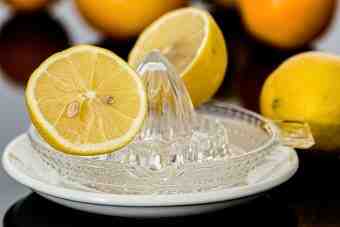
DO’s
[Use Lemon Juice Wisely]
- Utilize lemon juice as a safe substitution for dressings, marinades, and pickles.
- Dilute lemon juice with water for recipes requiring Limoncello in baked goods, parfaits, and cheesecakes to avoid interference with milk.
Replace 2 tbsp of Limoncello by:
1 tbsp Lemon Juice +
1 tbsp water (or ice in cocktails) +
1/4 teaspoon sugar
DONT’S
[Be Mindful]
- Avoid using lemon juice directly for parfaits and baked goods without proper dilution.
- Refrain from substituting fresh lemon juice with packaged lemon juice, as it may negatively impact the recipe’s taste.
- Exercise caution with sugar levels in recipes; taste as you cook. This is particularly crucial in recipes like Chinese Lemon Chicken using fresh lemon juice as an ingredient.
2. LEMON ESSENCE
Lemon essence and lemon extract are NOT the same. The lemon essence is produced using artificial colors, flavors, and chemicals and so the taste has nothing to do with the actual fruit.
DO’s
[Use Lemon Essence Wisely]
- Start by replacing equal amounts of lemon essence then add more as needed.
Replace 2 tbsp of Limoncello by:
1 tbsp Lemon essence +
1/4 teaspoon sugar
DONT’S
[Be Mindful]
- Don’t assume all lemon essences taste the same. Each brand of essence will have a distinct flavor. Since lemon essence is an artificial flavoring, some will taste more like genuine lemons and will be concentrated, while others will have a bland, diluted flavor. Always check the quality and concentration of the essence before use to ensure it aligns with your recipe requirements.
3. LEMON ZEST
Lemon zest is strong but not acidic and thus makes a great substitute for Limoncello. Lemon zest is obtained by grating finely the peel of the lemon using the sharper side of a grater.
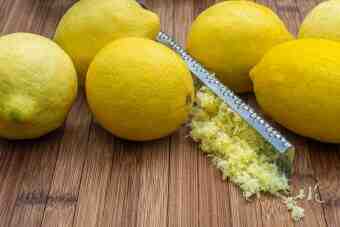
DO’s
[Use Lemon Zest Wisely]
- Safely use it as a substitute for sauces; it’s also suitable for parfaits and baked goods.
- Incorporate it into parfaits and recipes with milk; its lack of acidity prevents dairy from clotting.
- Adjust sugar levels as needed in recipes; some may require more, while others may not need any.
- Add zest to recipes without affecting their texture; zest is not liquidy and won’t change the texture, especially in desserts.
Replace 1 tbsp of Limoncello by:
1 tbsp Lemon Zest +
1/4 teaspoon sugar
DONT’S
[Be Mindful]
- Avoid grating the marrow; the white part under the skin is bitter and will retain that flavor during cooking.
4. LIME JUICE OR ZEST
Lime juice looks and tastes very similar to lemon juice. Lemons and limes have similar flavors, with the main difference being that lemons are acidic and limes are more bitter.

DO’s
[Use Lemon Juice/Zest Wisely]
- Safely use it for savory recipes, marinades, and sauces. It’s also suitable for parfaits and baked goods.
Replace 1 tbsp of Limoncello by:
1 tbsp Lime Juice / Zest +
1/4 tsp sugar
DONT’S
[Be Mindful]
- Avoid grating the marrow; the white part under the skin is bitter and will retain that flavor during the cooking process.
- Be cautious when using lime juice in parfaits and recipes with milk. Its slightly higher acidity may affect texture or cause milk to curdle. Use milk directly from the refrigerator and add 1/2 tsp baking soda to each cup of milk to prevent dairy clotting.
- Lime zest does not alter the texture of desserts; there’s no need to worry about changing the texture by adding more zest.
5. ORANGE JUICE AND ZEST
If lemon juice isn’t your thing, orange juice is a great alternative. It is not acidic or acidic like lemon extract, and it is also much sweeter. There are all citrus flavors, but there is no acidic acidity.
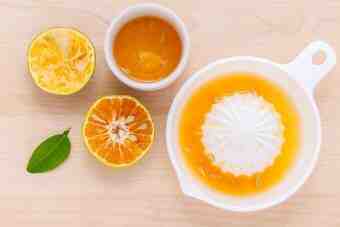
DO’s
[Use Lemon Juice/Zest Wisely]
- Safely use it for all recipes.
- Utilize orange zest to reduce sugar content or replace sugar entirely for a sweeter flavor without affecting texture.
Replace 1 tbsp of Limoncello by:
1 tbsp Orange Juice / Zest +
1/4 tsp sugar or orange zest
DONT’S
[Be Mindful]
- Don’t worry about interference with milk in parfaits and recipes using milk; orange juice does not affect the milk’s texture.
- Don’t be concerned about texture changes when using orange juice in recipes.
6. LEMON OIL
Lemon oil is a good substitute for lemon extract. Since lemon oil is a component of limoncello, it makes it a great alternative that can be used in any recipe that calls for lemon extract. Makes the best substitute for desserts!
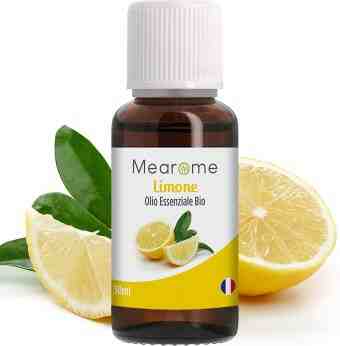
DO’s
[Use Lemon Juice/Zest Wisely]
- Use lemon oil in smaller quantities due to its higher concentration of lemon taste compared to limoncello.
- Incorporate lemon oil into cakes, sorbets, and other desserts for optimal flavor.
Replace 1 tbsp of Limoncello by:
⅛ tsp Lemon Oil +
1/4 teaspoon sugar +
(1 shot vodka only for alcoholic drinks)
DONT’S
[Be Mindful]
- Don’t use lemon oil in large quantities, as its concentrated flavor can overpower dishes.
7. DRIED LEMON PEEL
Dried lemon peel, can be used as an alternative instead of lemoncello.
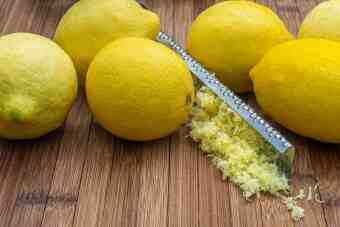
DO’s
[Use Lemon Peel Wisely]
- Use lemon peel, a chopped, dried form, as a substitute for lemon extract in cakes, desserts, and salad dressings.
- Opt for organic dried lemon peel for the best results in your recipes.
Replace 1 tbsp of Limoncello by:
1 tbsp Dried Lemon Peel +
1/4 teaspoon sugar +
(1 shot vodka only for alcoholic drinks)
DONT’S
[Be Mindful]
- Don’t hesitate to use lemon peel in any recipe where lemon extract is called for.
8. LEMON EXTRACT
Lemon extract is a lemon-flavored liquid made from lemons. Lemon extract is made by marinating lemon peels in a clear, flavorless spirit, usually vodka. The essential oils contained within the peels are released, allowing them to infuse into the oil or alcohol. The alcohol is then distilled, resulting in a pale yellow or clear liquid with a concentration of 77%.
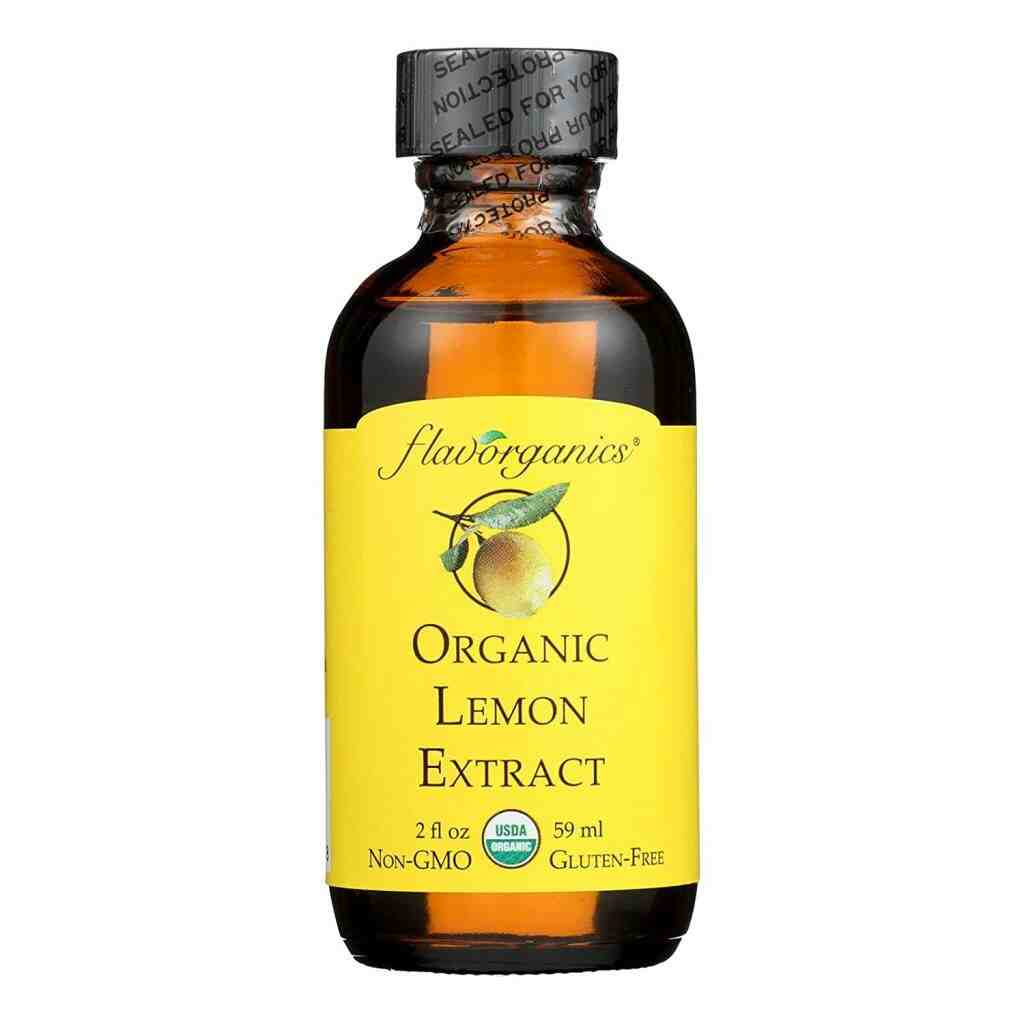
DO’s
[Use Lemon Peel Wisely]
- Utilize lemon extract in most recipes for its versatile flavor profile.
- Incorporate lemon extract into a variety of drinks, as well as sweet and savory recipes.
- Use lemon extract in parfaits, pickles, dressings, marinades, sweets, and baked goods for enhanced flavor.
Replace 1 tbsp of Limoncello by:
1 tbsp Lemon Extract +
1/4 teaspoon sugar +
(1 shot vodka only for alcoholic drinks)
DONT’S
[Be Mindful]
- Don’t underestimate the ability of lemon extract to provide a delicious lemon taste and texture, even without the sourness of fresh lemon juice.
Conclusion
Any of the suggestions above will work well if you follow our tips. However, if I had to choose the best substitute for Dressings, Marinades & Pickles I would opt for Lemon Juice while as the best substitute for drinks & desserts I choose lemon extract. If you want to add alcohol to the drink then use lemon oil + a shot of vodka.
You might like more…
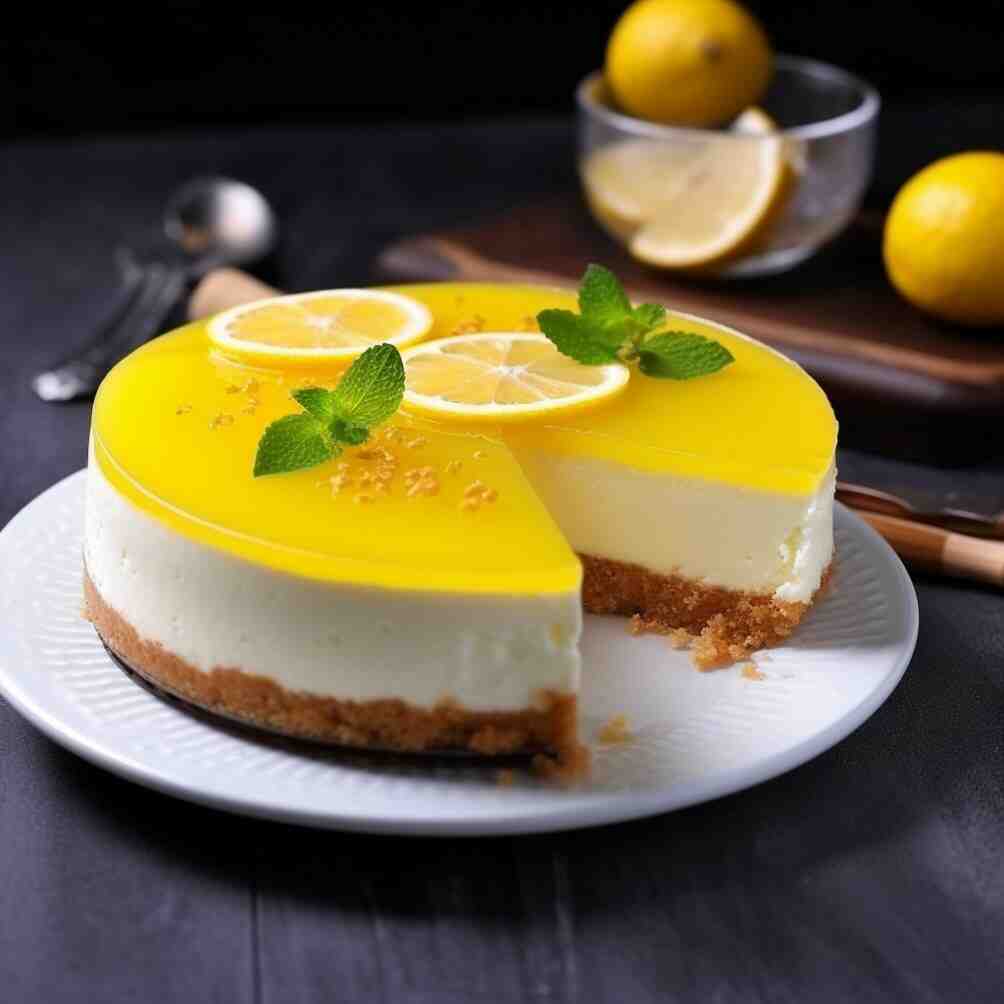
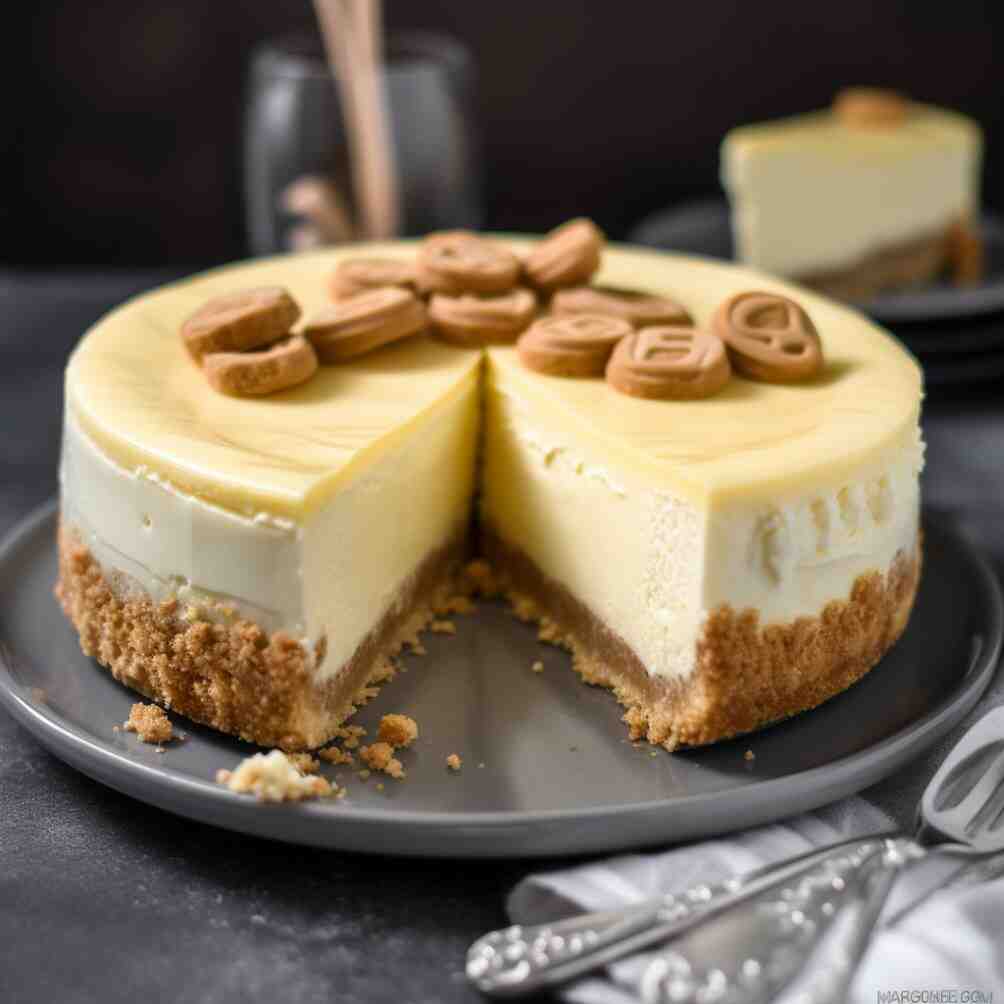
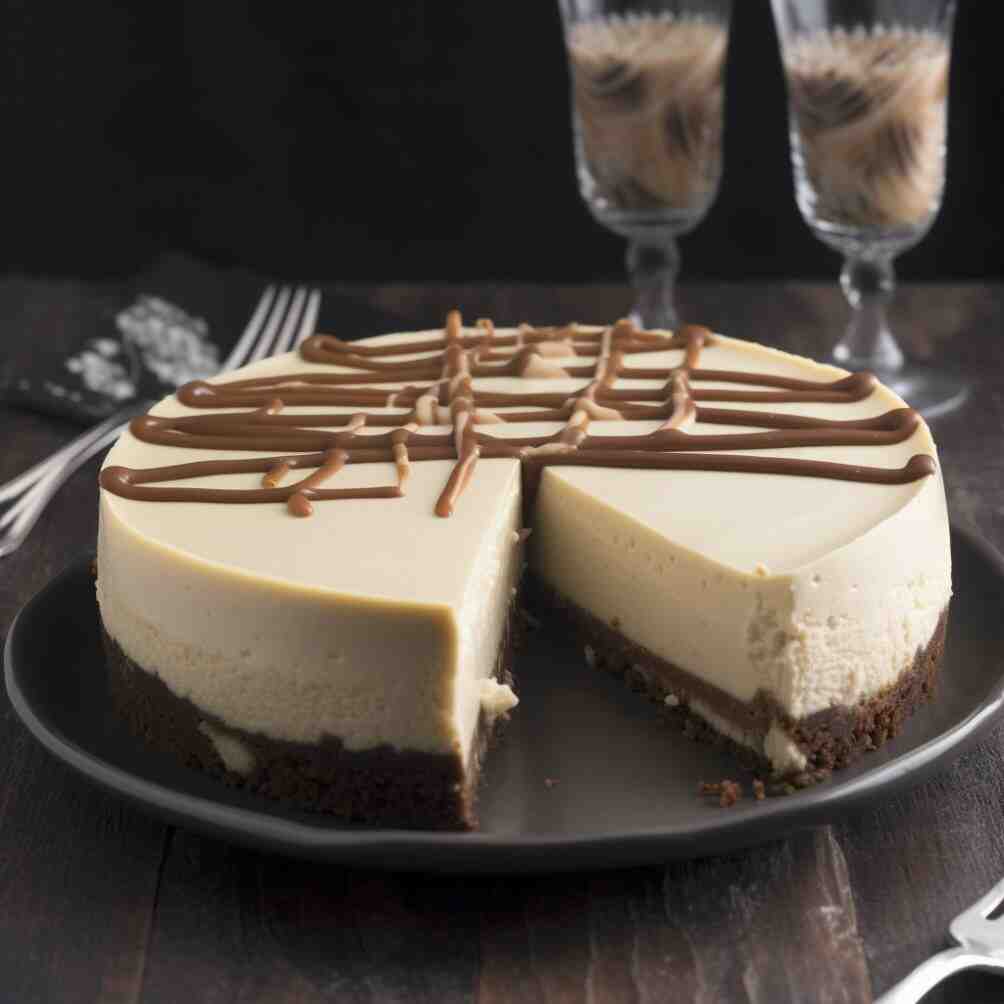


Thank you for the detailed guide! I wanted to find an analcolic alternative for limoncello to use in my favorite tiramisu recipe. I used lemon extract and turned out great! No one noticed the difference.
Glad that lemon extract worked great for your limoncello tiramisu! I have to add that recipe here cause it’s really a treat.